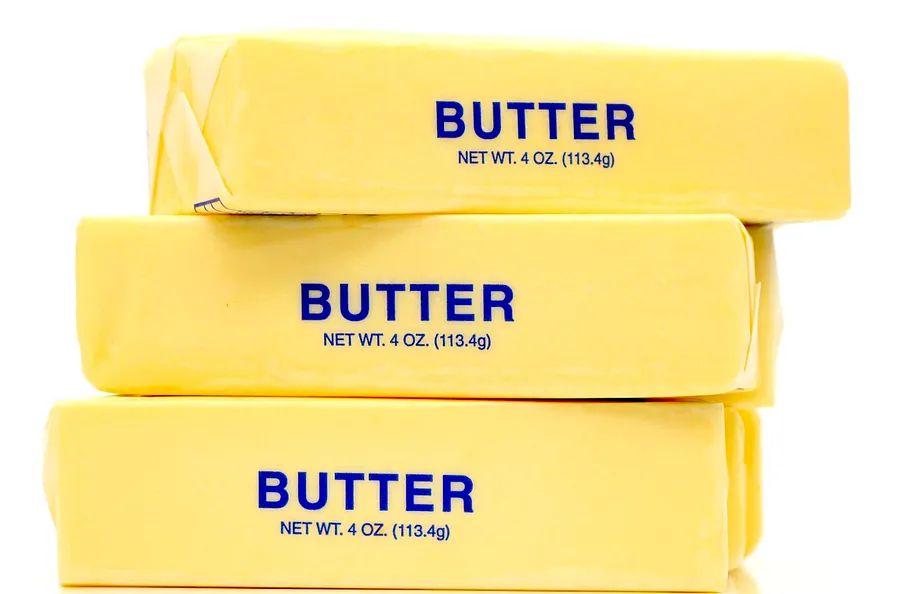Salted vs. Unsalted Butter: Understanding the Difference

At some point, we've all stood in front of the butter section, debating which variety to pick: salted or unsalted? Does it really matter? While there are many times when you can swap one for the other, it’s essential to understand what each type offers and how to use it. Keep reading to discover how salted butter affects your cooking and baking differently than unsalted, and when it’s best to use each.

The Difference Between Salted and Unsalted Butter
The only true distinction between salted and unsalted butter is the added salt: All butter is made from milkfat in cream, containing at least 80% milkfat, 18% water, and 2% solids (primarily protein and salt), says Jen Giambroni, a dairy specialist with Real California Milk.
Here’s how it works: Pasteurized cream is churned or shaken until the milkfat (butterfat) separates from the liquid, known as buttermilk. After churning, the butter is washed — and salted if making salted butter — before removing the extra buttermilk.
While both salted and unsalted butter have their special uses, the truth is they can often be swapped for one another, as long as you remember a few key considerations.
When to Use Salted Butter

According to Giambroni, salted butter is the ideal choice for table use and general cooking. The salt enhances the flavor, especially when spread on warm bread. It brings out a richness that elevates the taste experience, which is why restaurants often serve salted or whipped butter. Without salt, butter can taste bland or overly fatty.
Executive Pastry Chef Kaley Laird of Rhubarb, The Rhu, and Benne on Eagle in Asheville, N.C., suggests using salted butter in savory recipes, particularly when the salt content isn't a major concern (such as in soup). In these cases, it's a good idea to reduce the added salt in the recipe to balance the butter's saltiness.
When to Choose Unsalted Butter

This butter is simply churned fat without any added salt and can be used whenever fat is needed in a recipe, according to Laird.
Unsalted butter is your best choice for baking and pastries. Since most recipes already include salt as an ingredient, using salted butter in items like cookies or pies can result in an overly salty flavor.
Beyond flavor, using salted butter in baking recipes that call for unsalted butter can affect the final product. For example, when making a high-fat yeast dough like brioche, salted butter can result in both a salty taste and a texture that’s off. Salt can interfere with yeast fermentation, leading to poor rising, says Jason Jimenez, executive pastry chef at The Willard InterContinental Washington, D.C.
How to Swap Salted and Unsalted Butter
If you only have salted butter while baking, reduce the added salt in your recipe — perhaps by half — keeping in mind that it's easier to add more salt later than to remove it. According to Laird, the type of flour and the chemical reactions during baking can affect how salty your dish turns out, so even with adjustments, the result may still end up saltier than expected. It’s always safest to under-salt at first.
If you only have unsalted butter for serving or in a savory recipe that requires salted butter, it's easy to fix: Simply place a bowl of sea salt on the table to sprinkle over your dish (the added crunch actually enhances the bread-and-butter experience), or increase the salt in your recipe a little.
Learn More About Butter:
- The Three Types of Butter You Need to Know About — And How to Use Them
- What Is Irish Butter?
- What Is Brown Butter, and How Do You Make It and Use It

1

2

3

4

5
Evaluation :
5/5